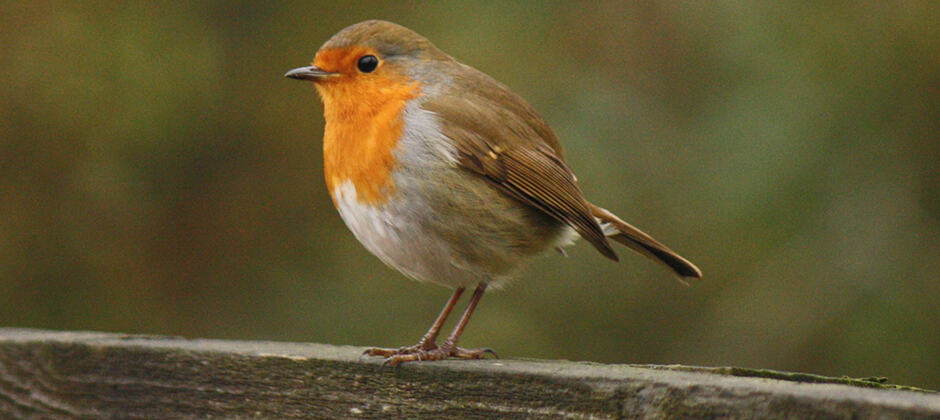Share this article
Research sheds light on sensory pollution and wildlife
Light and sound pollution can dramatically alter how wildlife behave and jeopardize animal conservation. Bright lights can confuse sea turtles heading to the coastline. Noisy roads can interfere with mating songbirds.
To get a better sense of how sensory pollution affects wildlife across taxa, researchers set out to clarify key mechanisms — an effort they hope can inform management for some species of concern.
The work began when NASA and the National Park Service supported a workshop in 2017 to connect information on animal behavior with information about sensory pollution from remote sensors, like satellites. “It brought together an international group of people that worked on sensory and conservation ecology as well as animal physiology,” said Neil Carter, an assistant professor at the School for Environmental and Sustainability at the University of Michigan and one of the senior authors on a study published in Nature Ecology and Evolution.
Carter and his colleagues set out to find out whether the types and levels of artificial light and human-made sound led to specific consequences for wildlife. “We discovered that there were consistent pathways that link animals’ day-to-day behaviors — looking for mates and food — and the way they evolved to how they responded to sensory stimuli,” Carter said.
Their interdisciplinary group put their specialties together, he said. Physiologists knew how animals’ sensory systems worked. Wildlife ecologists understood how animals responded to their environments. Conservation biologists could point to changes at the population level that might be due to sensory pollution. “We started to see the commonalities,” Carter said. Crabs and birds, for example, may not have much in common physiologically, he said, but both can be similarly distracted by lights or sound in ways that detrimentally affect their populations.
After reviewing data and literature on wildlife traits and light and sound pollution, the team developed three mechanisms by which sensory pollution affects wildlife. Light and sound can be masking, distracting or misleading.
Masking refers to an overlap, like the sound of traffic mixing with the sounds an animal uses to find food or mates, like birdsongs. “When singing during high traffic volumes, birds might not hear each other due to masking, and if they can’t hear, they can’t find mates and reproduce,” he said.
Distracting pollutants pull an animal’s attention away from the task at hand, like a bright light distracting prey listening for an incoming predator.
Misleading stimuli include things like city lights, which can confuse wildlife that depend on celestial cues for navigation.
Carter hopes the information can help practitioners identify “sensory danger zones” — areas or times in which sensory pollution is especially problematic to conservation.
That information can better guide solutions, such as temporarily closing roads during important periods of the day when animals are seeking mates or building sound walls to minimize traffic noise around critical habitats, Carter said.
Sensory danger zones could also help direct where to decrease urban light sources or change them to less problematic tones. Warmer colors of lights can be less misleading or distracting to wildlife, Carter said.
“When we understand the pathway, we can do a better job at managing it,” he said.
Header Image: When traffic sounds overlap with birdsongs, it results in a “masking” form of noise pollution, researchers say. ©Jacob McGinnis








